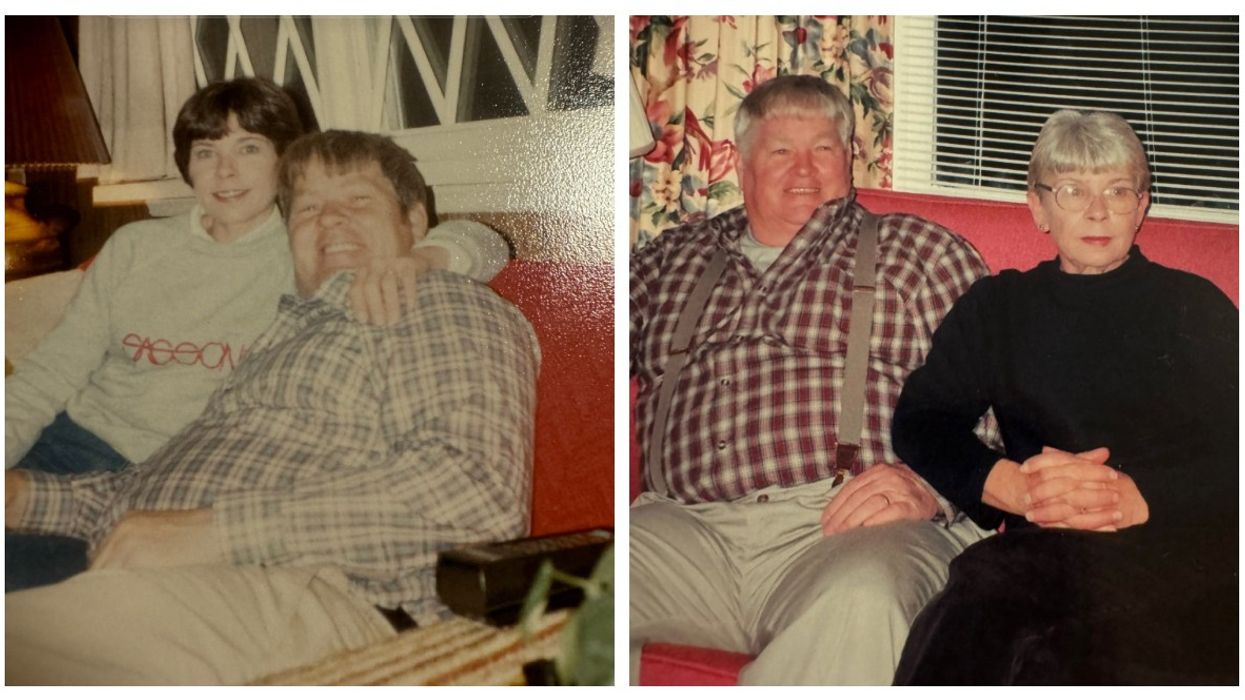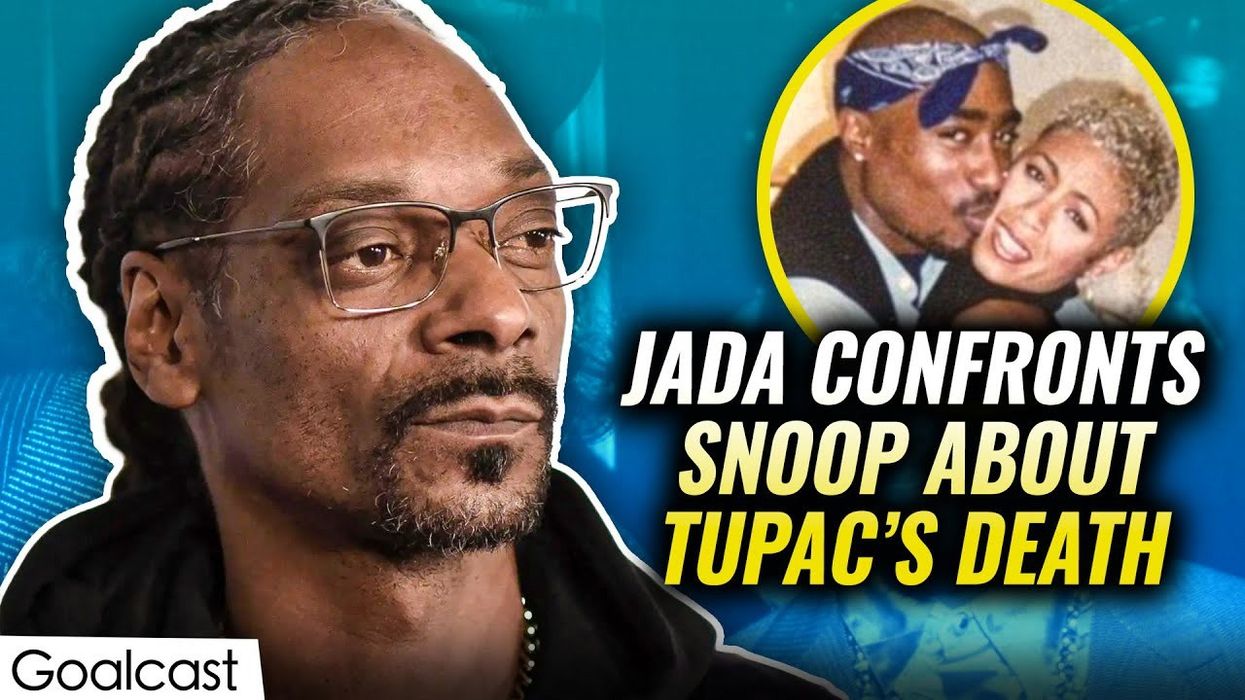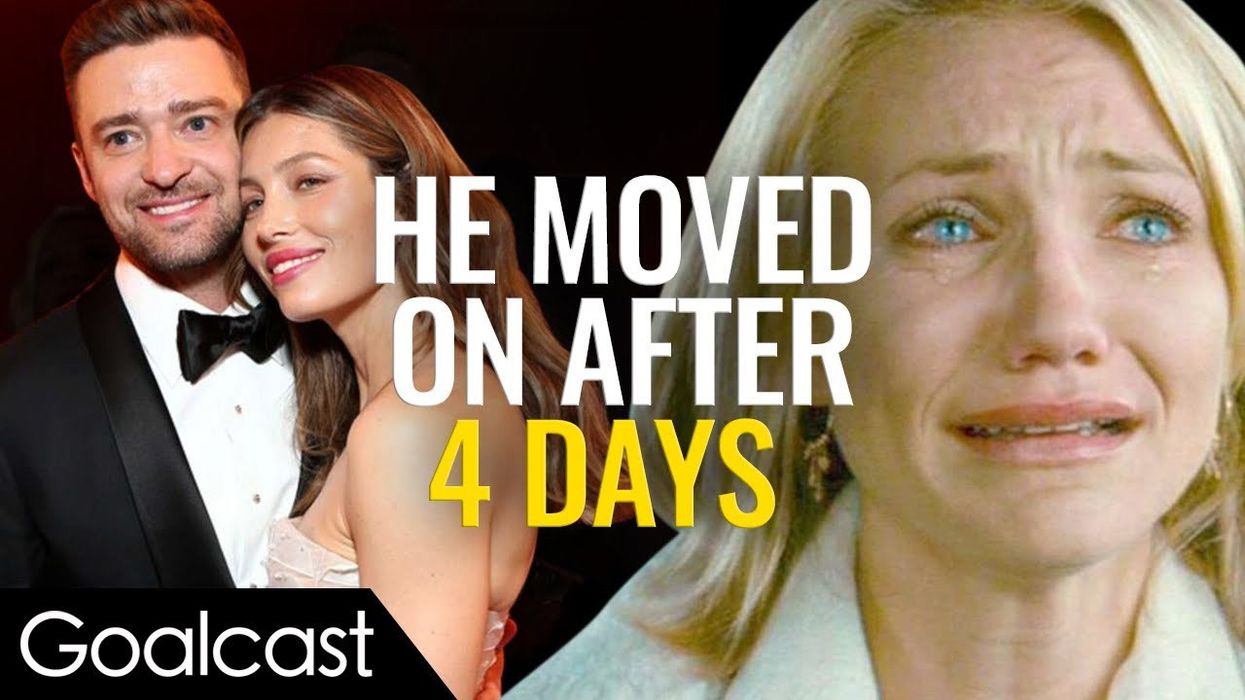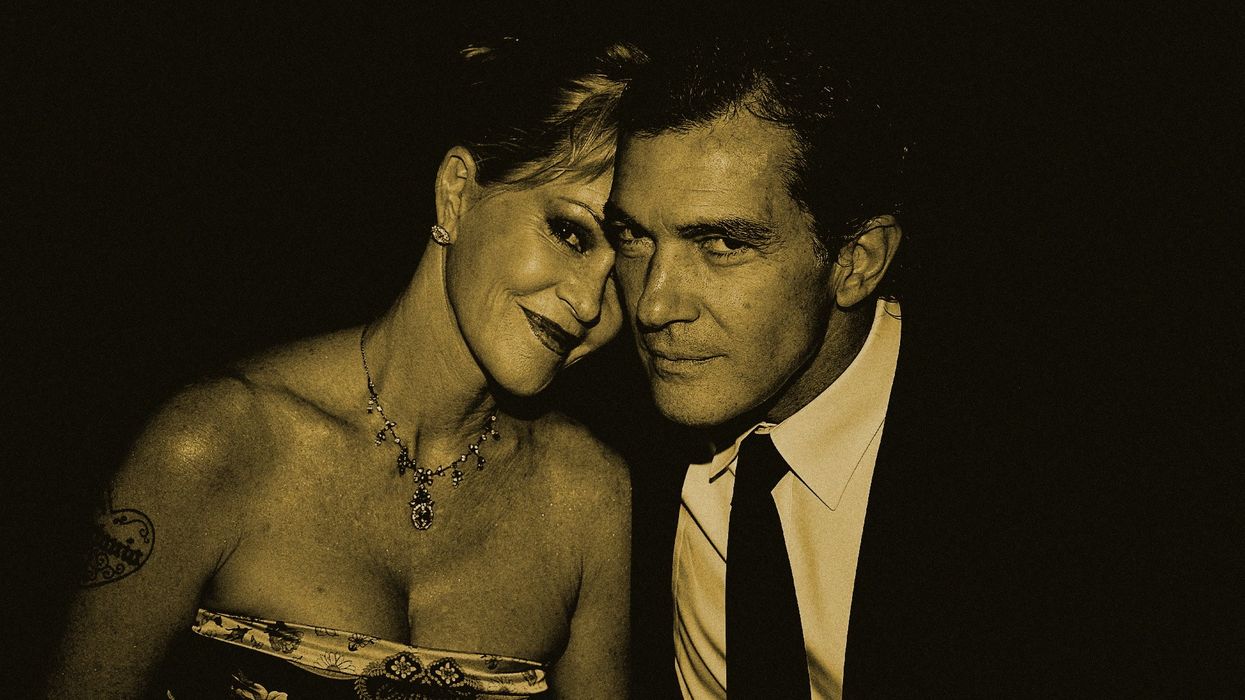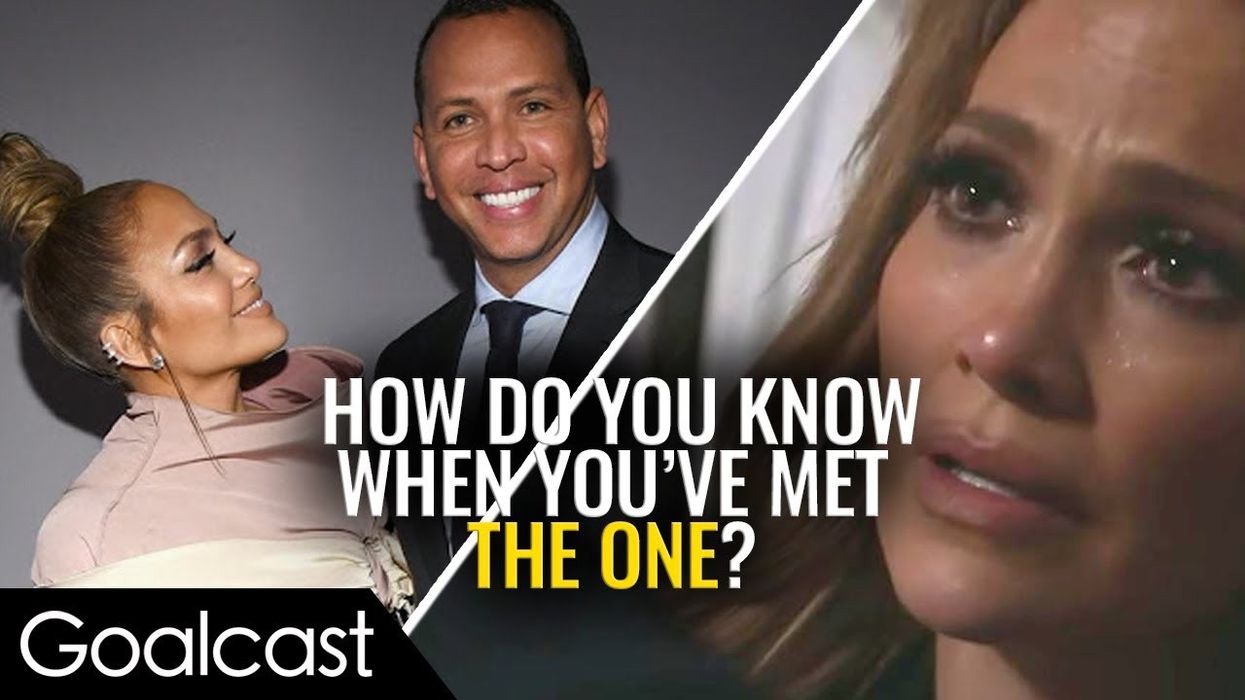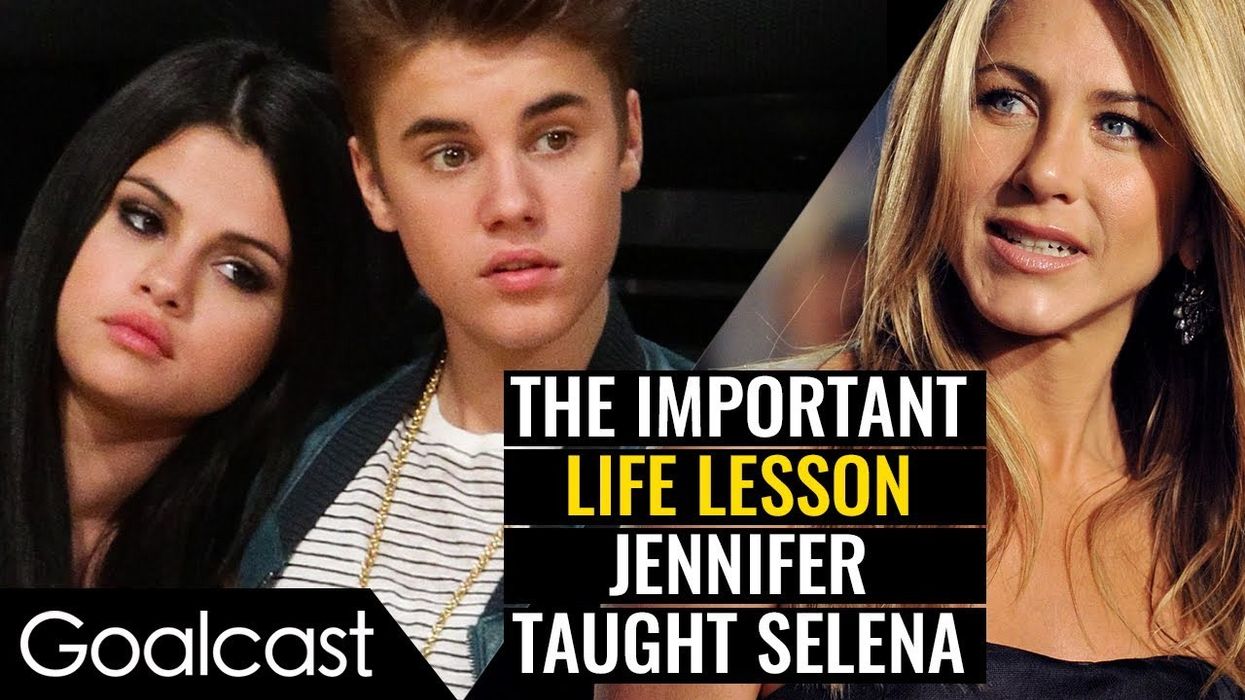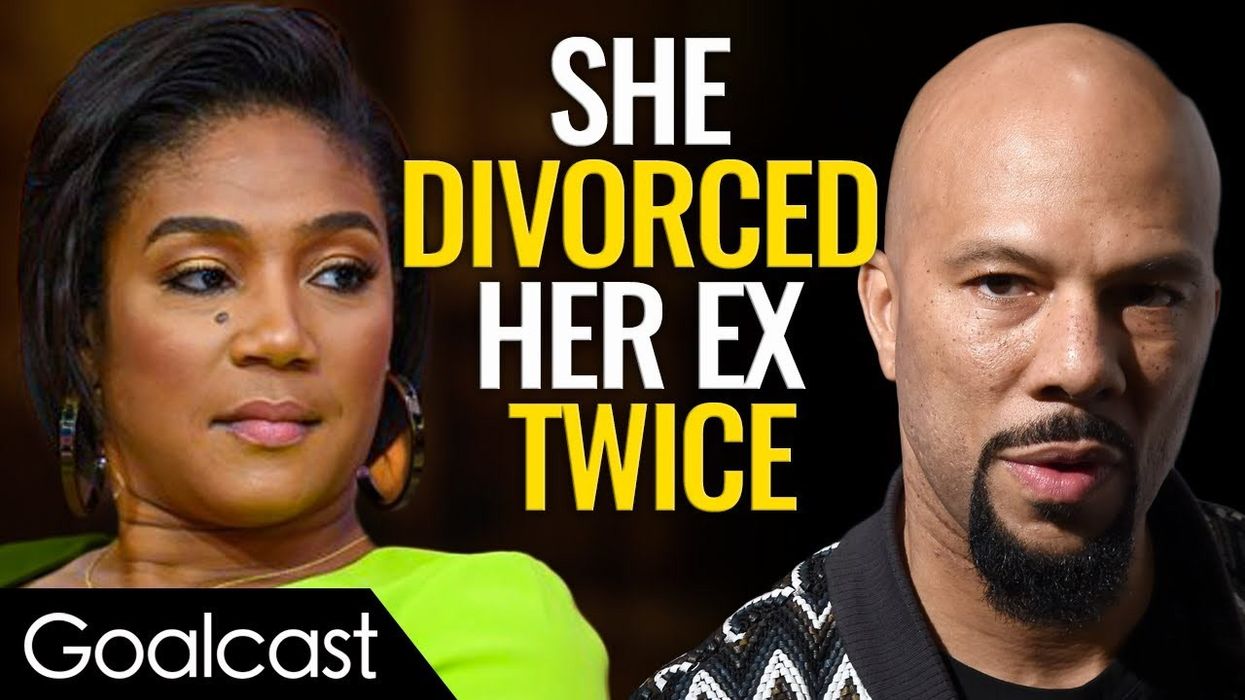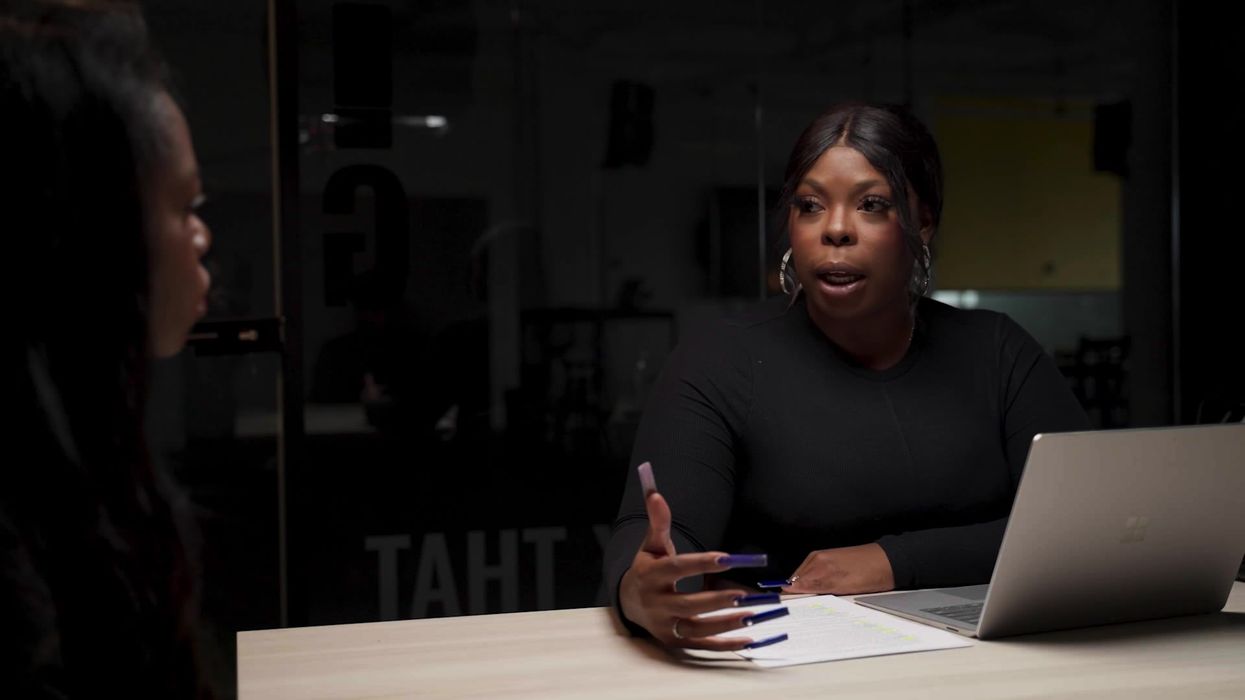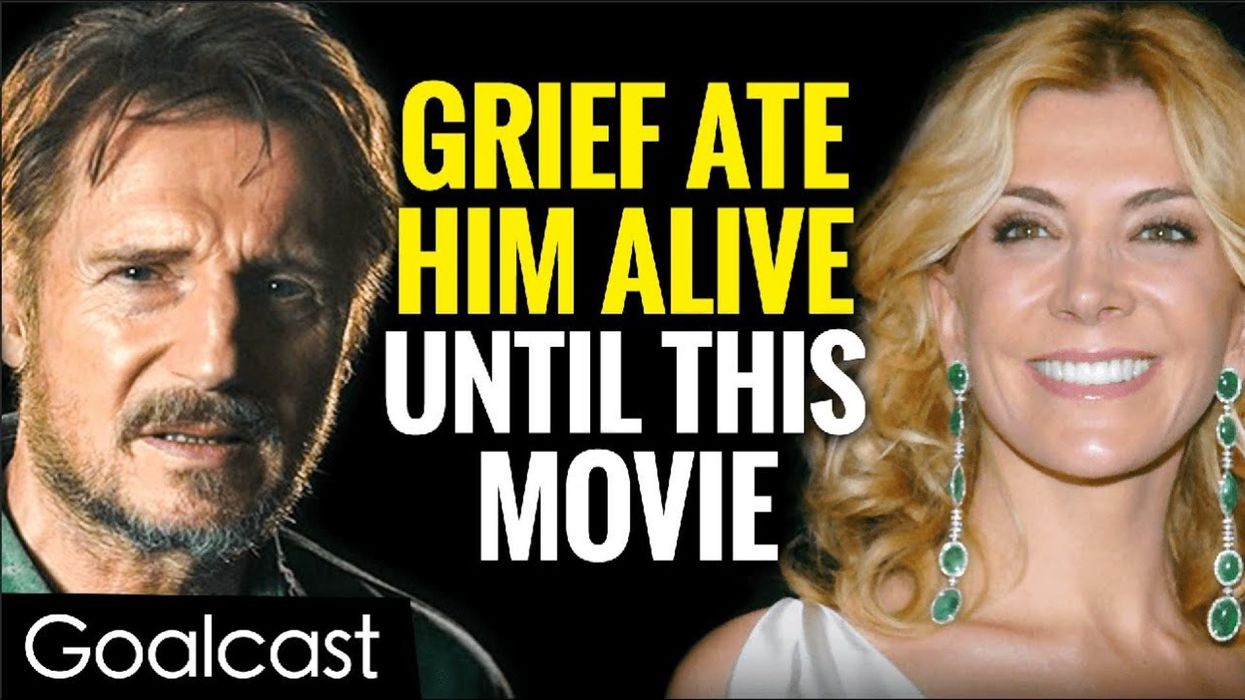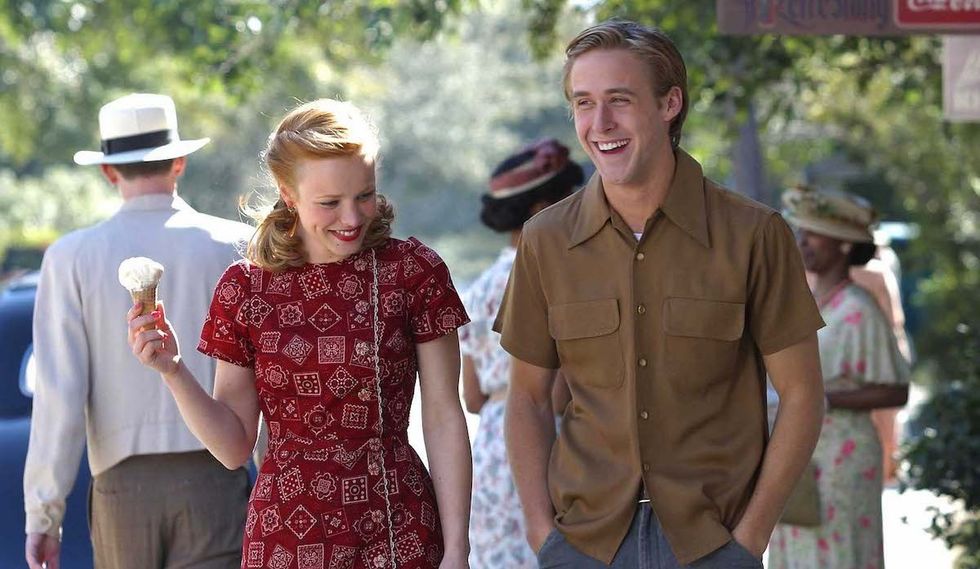
Do the 36 Questions That Lead to Love Really Work?
Conceptualized by psychologist Arthur Aron in 1997, the 36 Questions method is supposed to make any two participants fall in love but does it work?
What makes people fall in love? Usually, it’s a combination of factors: initial attraction, good timing, the right frame of mind, shared life goals and values. The factors that lead to love are straightforward, in theory, but it’s rare that they converge and create a lasting romantic match. Everyone wants a love like The Notebook, but such a thing seems out of reach for most people.
However, there may be a way to circumvent the falling in love process, with a simple set of questions that can take two people from "open to love" to "full-on obsessed with each other" in just 45 minutes. Yes, for real.
RELATED: Why Ben Stiller and Christine Taylor Reconciled - and What It Teaches Us About Love
Have you ever heard of “the 36 questions”? They were developed from scientific research conducted in the 1990s -- and they’re supposedly a game-changer for people hoping to fall in love. They can also help people who feel a little blah in their relationships, as a way to rekindle their love connection without having to rely on leaving little love quotes for them around the house.
Here’s what you should know about the questions, how to ask them, and what they can do for your budding — or long-term — relationship. And be sure to check out our questions to ask a guy once you're done.
What Are the 36 Questions?
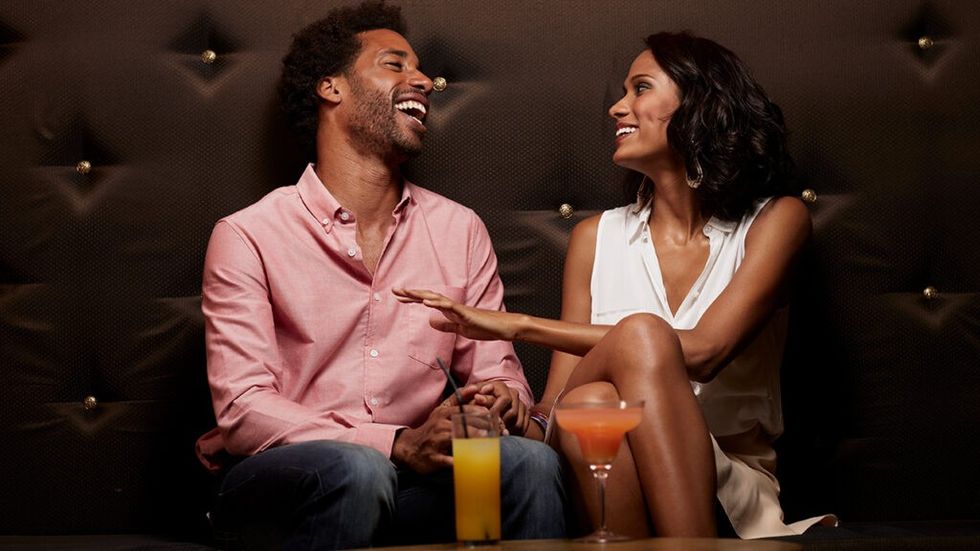
The 36 questions to fall in love are -- you guessed it! -- a set of 36 questions that can help people to fall in love. They came about through husband-and-wife psychologists Arthur Aron and Elaine Aron, and other researchers who wanted to see if they could inspire strangers to develop intimate connections by simply asking questions. The 36 questions are broken into three groups, each of which gets increasingly personal. They are supposed to be asked and answered within 45 minutes.
RELATED: After 22 Years, Man Marries the Woman He Thought He'd Lost Forever as a Teen
You may have heard of the 36 questions through the popular "Modern Love" column in The New York Times. In 2015, the paper published an essay by Mandy Len Catron about her experience with the questions. She asked the questions with an acquaintance, and the two ended up getting married. Naturally, a lot of people then wanted to try these questions for themselves.
The Research Behind the 36 Questions

You might wonder how a set of questions can actually spark real love. It’s normal to be skeptical of any claim that two people can go from friends to lovers (or strangers to lovers) in only 45 minutes. That’s shorter than the average yoga class.
RELATED: WWII Vet Cheats Death Four Times Before Marrying the Love of His Life
The study that used these questions was conducted in 1997 by the aforementioned psychologist, Dr. Arthur Aron. He was looking to do research on a topic that people didn’t think could be studied scientifically. Then Aron realized little, if any, research had been done on love. He and his wife, Elaine Aron, and a team of researchers set out to study how closeness forms between two people, and how love affects the brain, behavior and hormones.
The study used a “closeness-generating procedure” — what we now know as the 36 questions that lead to love — to create closeness between strangers. The questions are designed to spark intimacy by allowing two people to quickly get to know each other on a deeper level. It could take weeks, or months, for the topics in the questions to arise in real life, if they came up at all. So, the questions allow people to delve into parts of themselves they might not reveal on their own, creating a sense of vulnerability and trust.
The 36 Questions' First Success Story
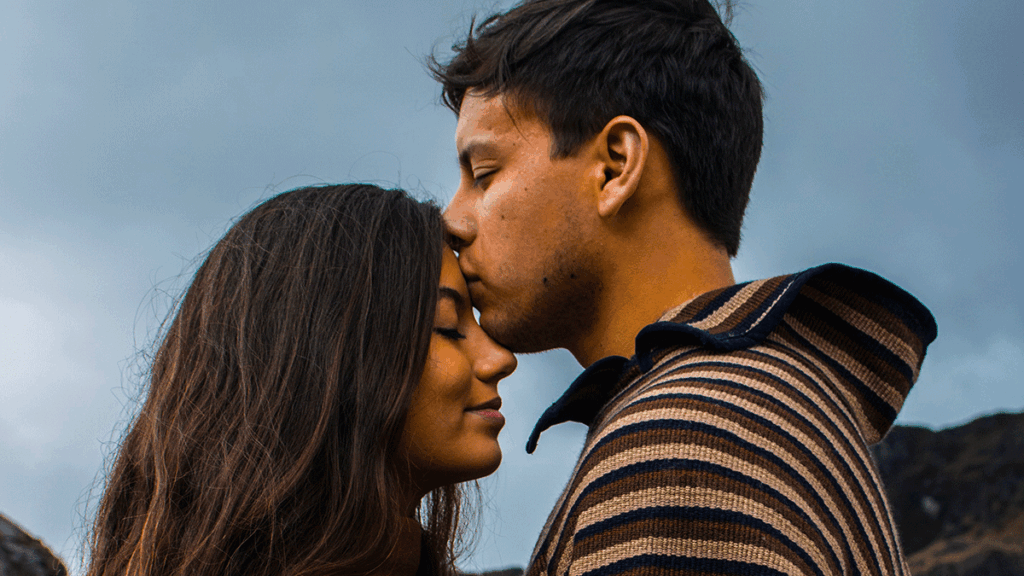
After developing the 36 questions, Aron and his team enlisted two of their research assistants, a man and a woman, to test them. These assistants were involved in different projects, so they didn’t have any previous access to, or experience with, the questions. After having the pair ask each other the questions, Aron instructed the couple to sustain eye contact with each other for four minutes.
You might be able to guess what happened next: The research assistants ended up falling in love and getting engaged. They even invited the entire lab to their wedding six months later. If these assistants could fall in love this way, then anyone could, right?
How to Ask the 36 Questions
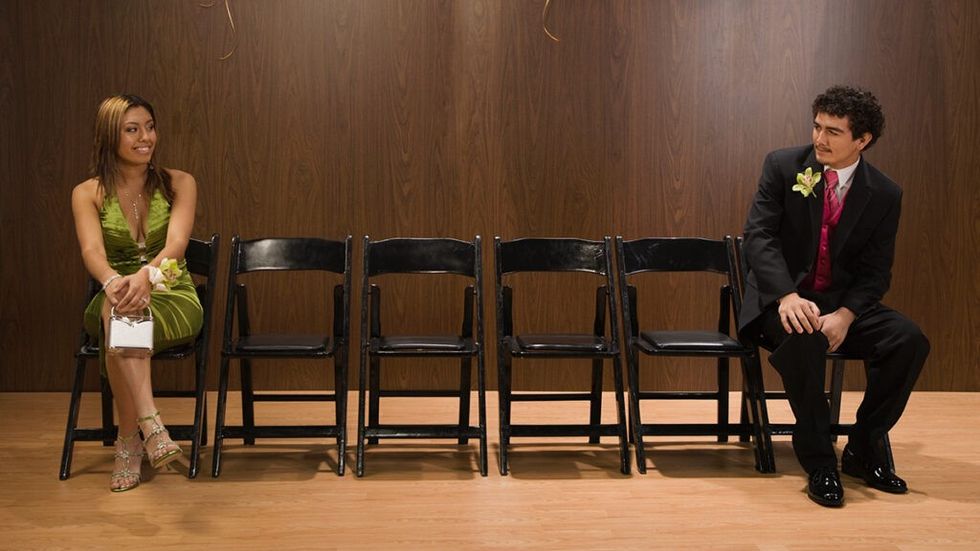
By now, you might be curious to try the 36 questions for yourself. Here’s how to do it: First, find a time when you and your partner can get together for at least 45 minutes, uninterrupted. (Meeting in person is best so you can make eye contact during the questions, and if you want to experience the four minutes of eye contact after asking the questions.)
RELATED: The Powerful Relationship That Saved Pink's Marriage to Carey Heart
Turn your phones on silent, use the bathroom and eat a snack beforehand. You want to ask and answer the 36 questions in one sitting, without having to break away from each other or getting distracted.
Once you get to the questions themselves, move forward in this way: For the first 15 minutes, take turns asking each other the first set of questions, below. Make sure that you alternate who asks and who answers each question first. (For the first question, you’ll ask and your partner will answer first; for the second question, your partner will ask you first, and so on.) This first set of questions is designed to be fairly easy to answer. They’re not all that deep, but they can be a little revealing.
Each Set of Questions Has a Time Limit
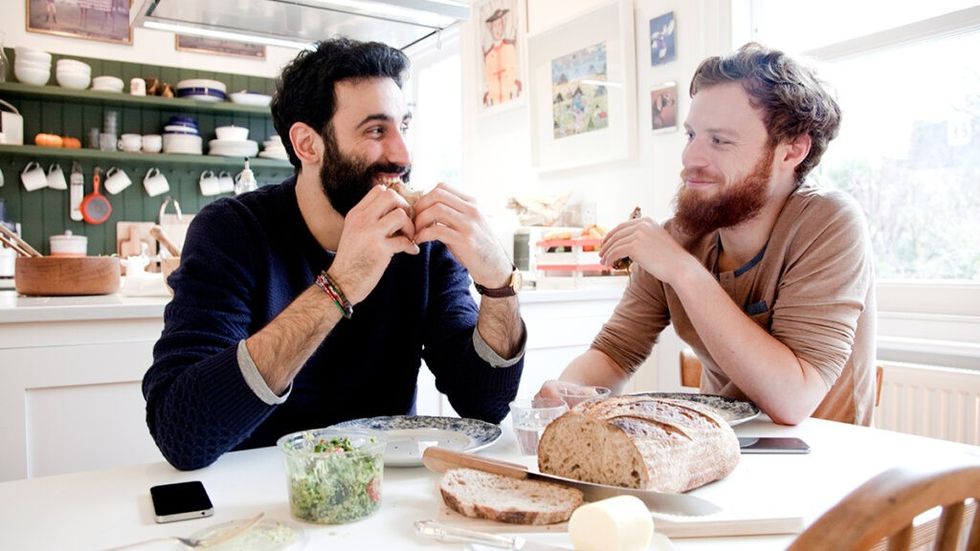
After 15 minutes, move on to the next set of questions. These are a little more intimate and in-depth emotionally. If you haven’t finished the first set, that’s OK. According to the parameters, you’ll want to start the second set of questions after the first 15 minutes are up. The point of stopping each section at 15 minutes is to ensure each of the three parts gets an equal amount of time.
Once the next 15 minutes are up, move on to the third set. (Yes, even if you haven’t finished set two.) This final set is even more personal, and will require you both to get vulnerable.
RELATED: 101 Deep Questions to Ask Your Boyfriend, Girlfriend or Partner
Finally, after the last stretch of 15 minutes is up, you can get some bonus intimacy by setting a timer for four minutes and spending the time making sustained eye contact with each other.
After you’re all done, if you’re looking for even more questions to ask your boyfriend, girlfriend or partner, you can try this list or get inspired by the original 36 to make up your own.
While this could feel a little uncomfortable at first, the eye-contact exercise might be the secret sauce, so to speak, to making the questions effective for falling in love (or rekindling love, whatever the case may be).
The List of 36 Questions to Fall in Love
Ready to try the questions? Here’s the full list for you to tackle with your partner. Happy asking!
Set #1
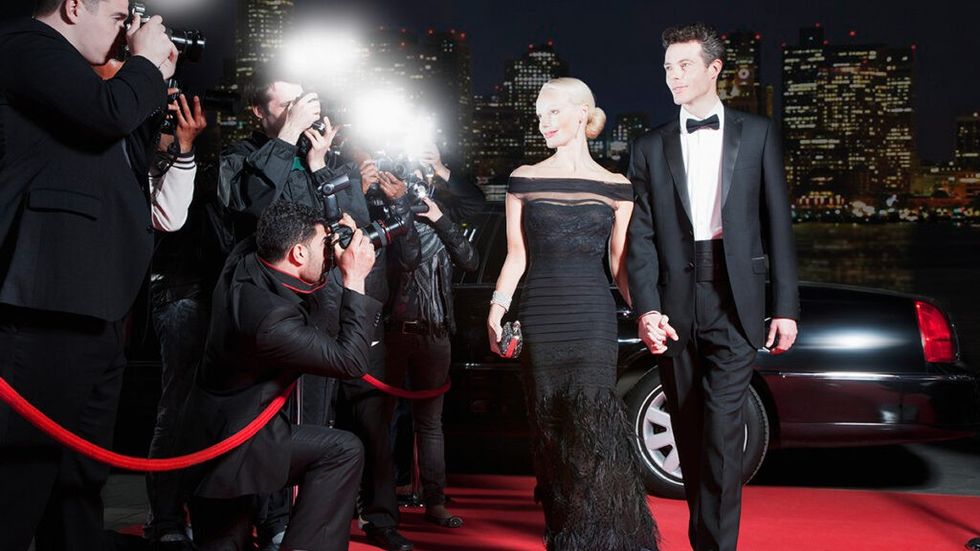
1. Given the choice of anyone in the world, whom would you want as a dinner guest?
2. Would you like to be famous? In what way?
3. Before making a telephone call, do you ever rehearse what you are going to say? Why?
4. What would constitute a “perfect” day for you?
5. When did you last sing to yourself? To someone else?
6. If you were able to live to the age of 90 and retain either the mind or body of a 30-year-old for the last 60 years of your life, which would you want?

7. Do you have a secret hunch about how you will die?
8. Name three things you and your partner appear to have in common.
9. For what in your life do you feel most grateful?
10. If you could change anything about the way you were raised, what would it be?
11. Take four minutes and tell your partner your life story in as much detail as possible.
12. If you could wake up tomorrow having gained any one quality or ability, what would it be?
Set #2

13. If a crystal ball could tell you the truth about yourself, your life, the future, or anything else, what would you want to know?
14. Is there something that you’ve dreamed of doing for a long time? Why haven’t you done it?
15. What is the greatest accomplishment of your life?
16. What do you value most in a friendship?
17. What is your most treasured memory?
18. What is your most terrible memory?
19. If you knew that in one year you would die suddenly, would you change anything about the way you are now living? Why?
20. What does friendship mean to you?
21. What roles do love and affection play in your life?
22. Alternate sharing something you consider a positive characteristic of your partner. Share a total of five items.
23. How close and warm is your family? Do you feel your childhood was happier than most other people’s?
24. How do you feel about your relationship with your mother?
Set #3
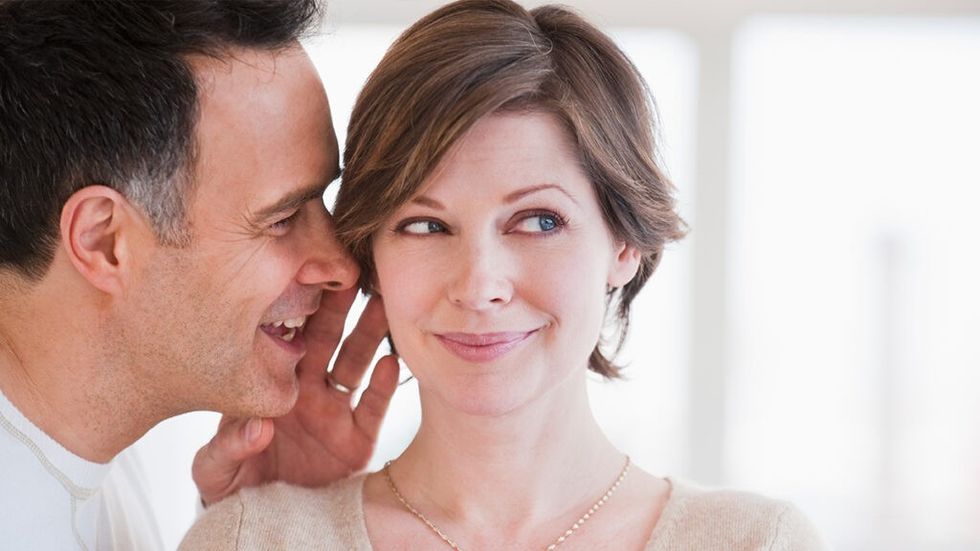
25. Make three true “we” statements each. For instance, “We are both in this room feeling…”
26. Complete this sentence: “I wish I had someone with whom I could share…”
27. If you were going to become a close friend with your partner, please share what would be important for them to know.
28. Tell your partner what you like about them; be very honest this time, saying things that you might not say to someone you’ve just met.
29. Share with your partner an embarrassing moment in your life.
30. When did you last cry in front of another person? By yourself?
31. Tell your partner something that you like about them [already].
32. What, if anything, is too serious to be joked about?
33. If you were to die this evening with no opportunity to communicate with anyone, what would you most regret not having told someone? Why haven’t you told them yet?
34. Your house, containing everything you own, catches fire. After saving your loved ones and pets, you have time to safely make a final dash to save any one item. What would it be? Why?
35. Of all the people in your family, whose death would you find most disturbing? Why?
36. Share a personal problem and ask your partner’s advice on how they might handle it. Also, ask your partner to reflect back to you how you seem to be feeling about the problem you have chosen.
Can You Fall in Love With Anyone?
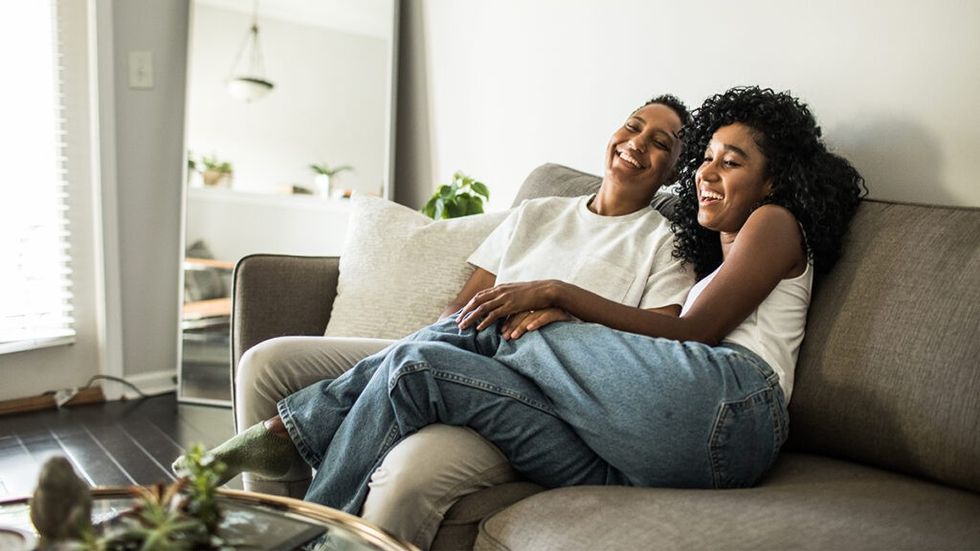
The jury is out on whether you can really use the above list of 36 questions to make anyone fall in love with you. Aron’s studies looked at the effect of the questions in a lab setting, but there wasn’t much follow-up on how those couples fared six months later — and if the questions really did lead those pairs to lasting love.
RELATED: The Powerful True Love Story That Inspired the Movie All My Life
What can be said, however, is that communicating with your partner in honest, respectful and vulnerable ways is a major predictor of relationship success. Being able to open up to each other and feel comfortable sharing your answers to these 36 questions — or any questions that come up in your partnership — is key for relationship longevity.
The 36 Questions Can Rekindle Relationships, Too
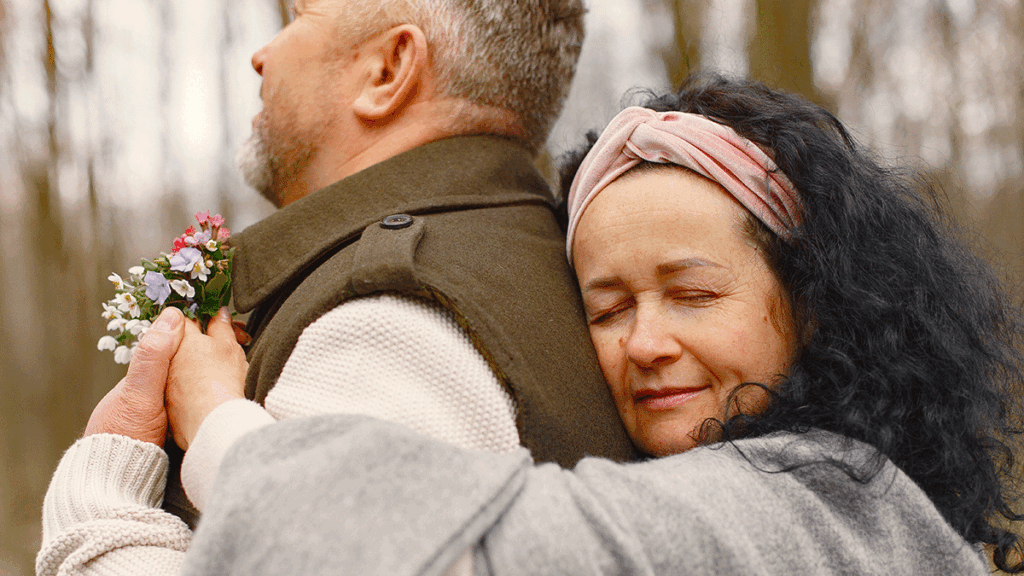
As far as committed couples go, using the 36 questions as a way to rekindle your relationship has been very successful. Going beyond the mundane conversations of daily life — like who’s dropping the kids at school or what you want to binge-watch that night — and infusing your talk time with new energy can bring about more passion for each other and for your relationship.
So, whether you’re just starting out in a new partnership or wanting to give your current union a little boost, why not give the questions a try? If anything, you’ll likely learn something new about your partner, no matter how long you’ve been together. And if you can fast-forward your love story or rekindle that spark, doing so is certainly worth 45 minutes.












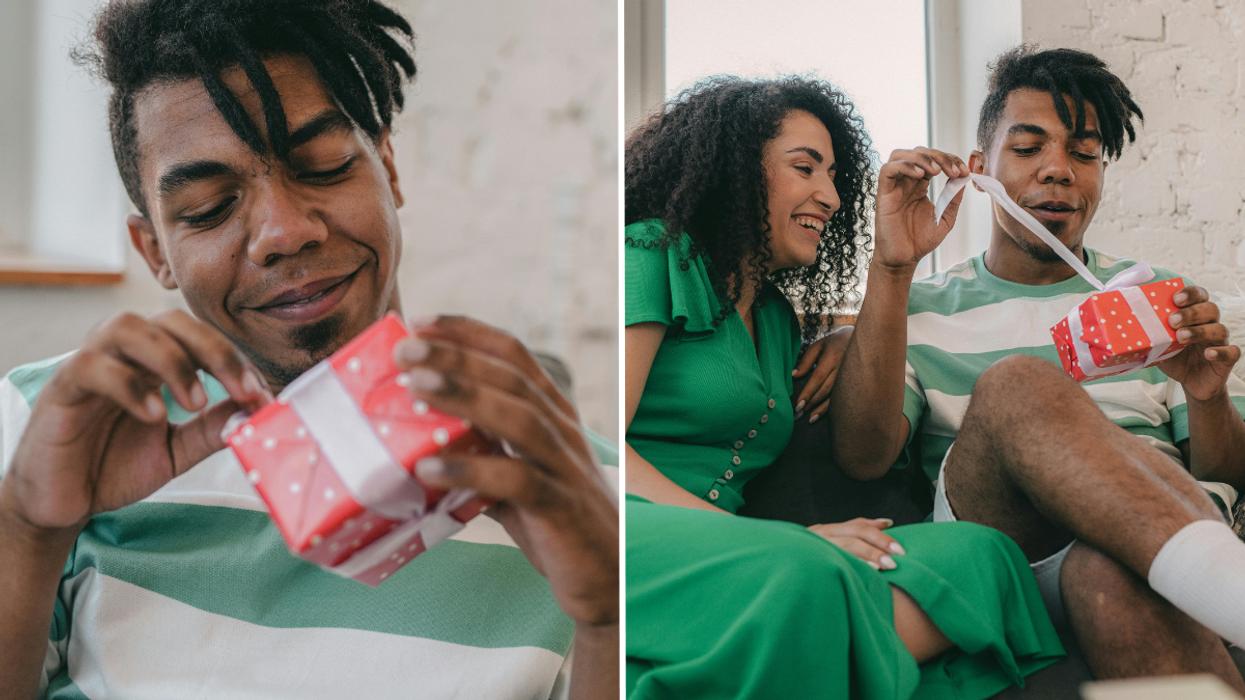
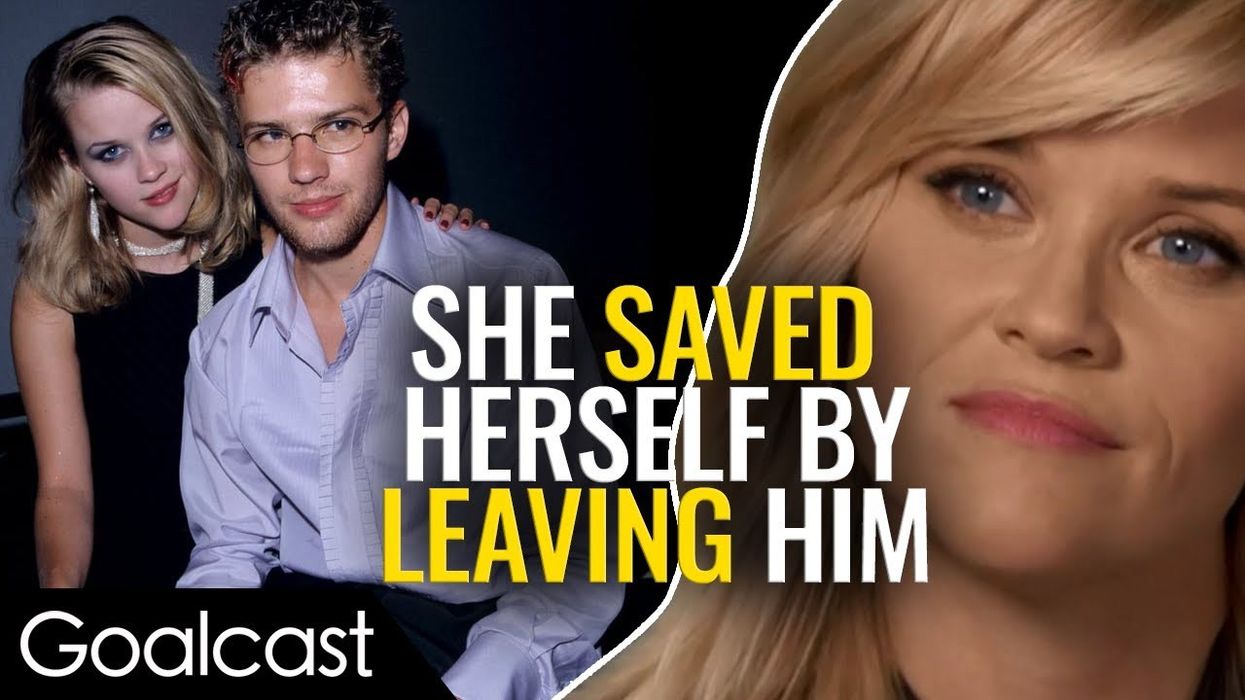
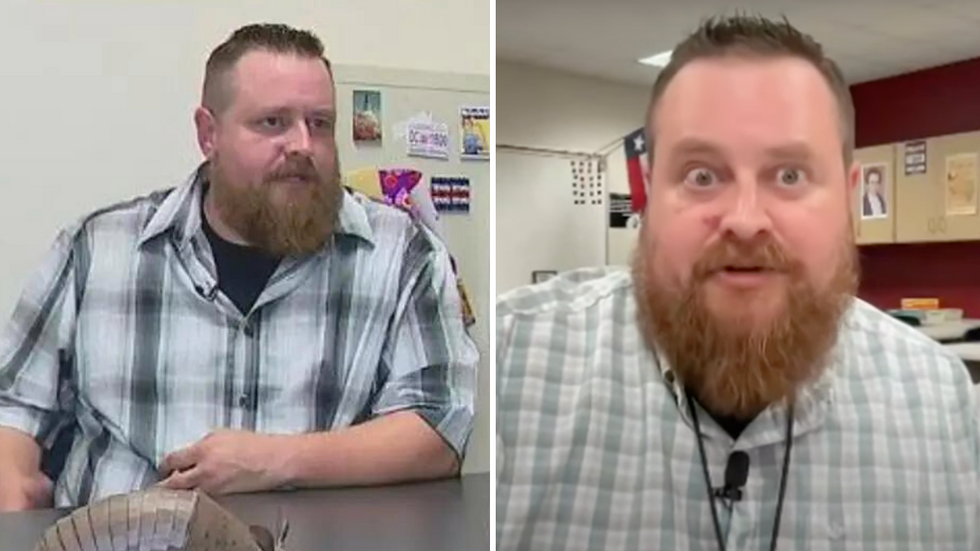
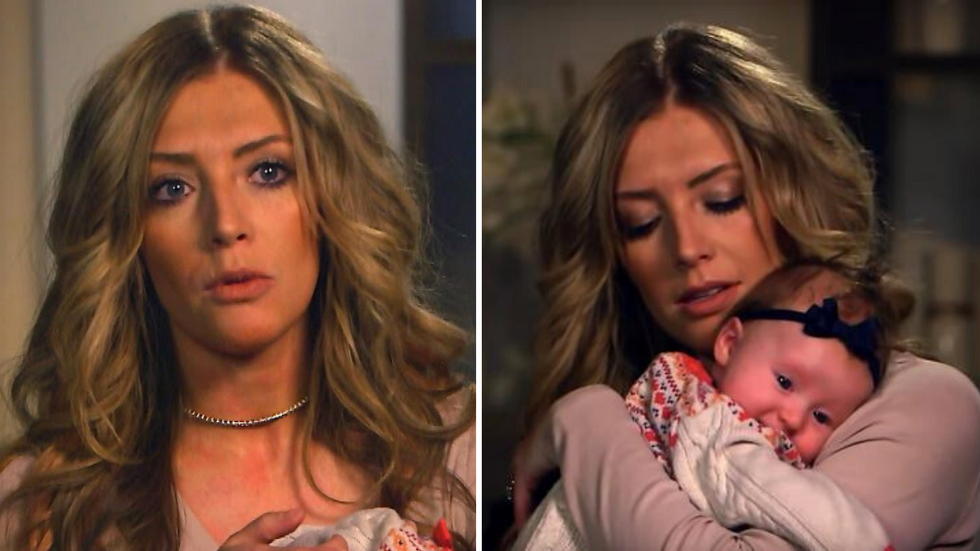
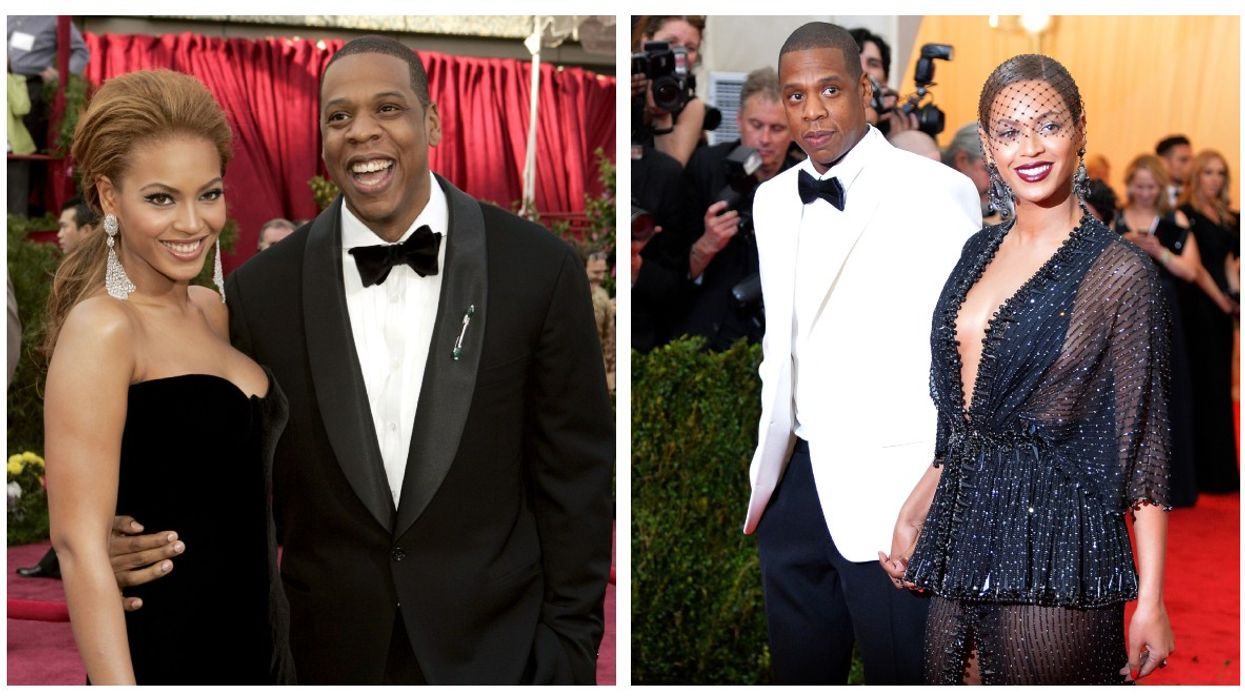
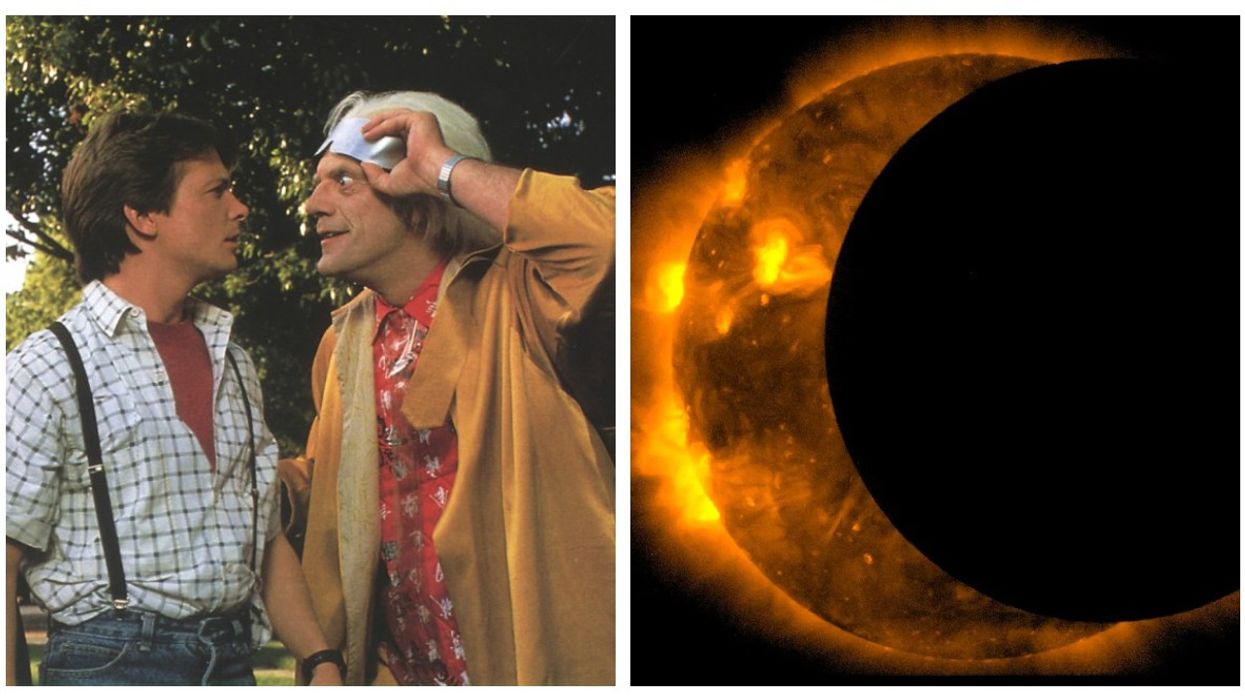
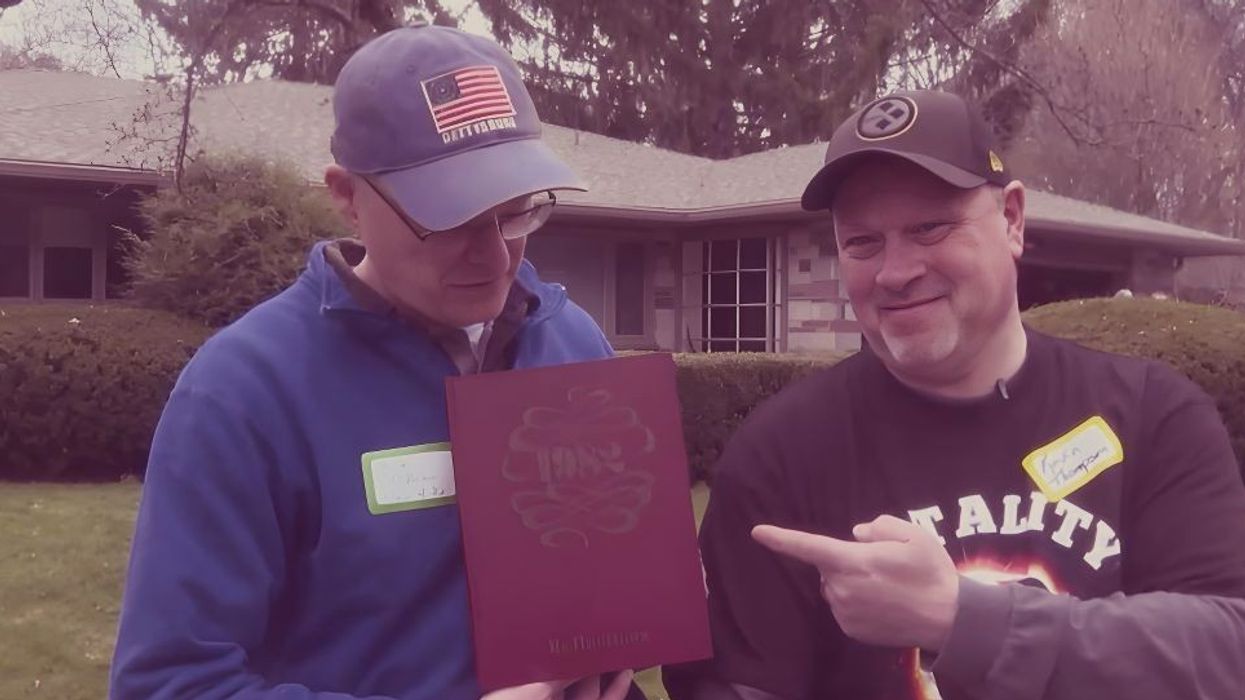 Two of Mr. Moriarty's students pose with their yearbook from 1982.WHAM via CNN / Video
Two of Mr. Moriarty's students pose with their yearbook from 1982.WHAM via CNN / Video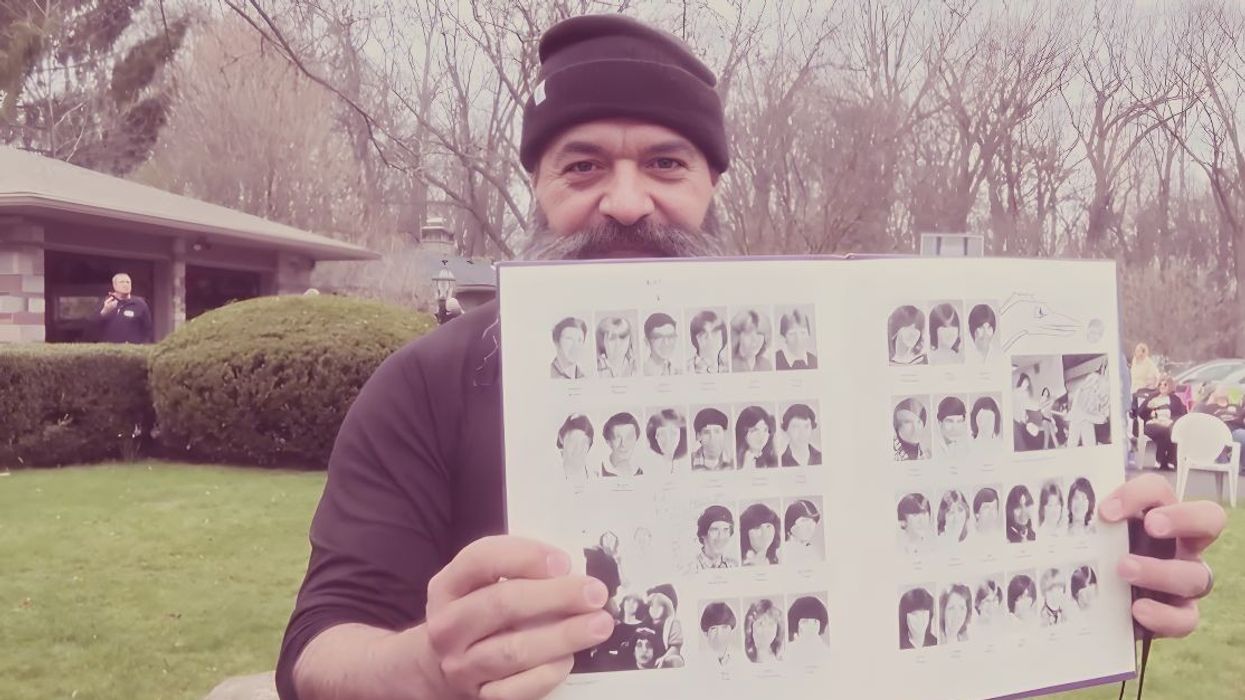 man holding a yearbookWHAM via CNN / Video
man holding a yearbookWHAM via CNN / Video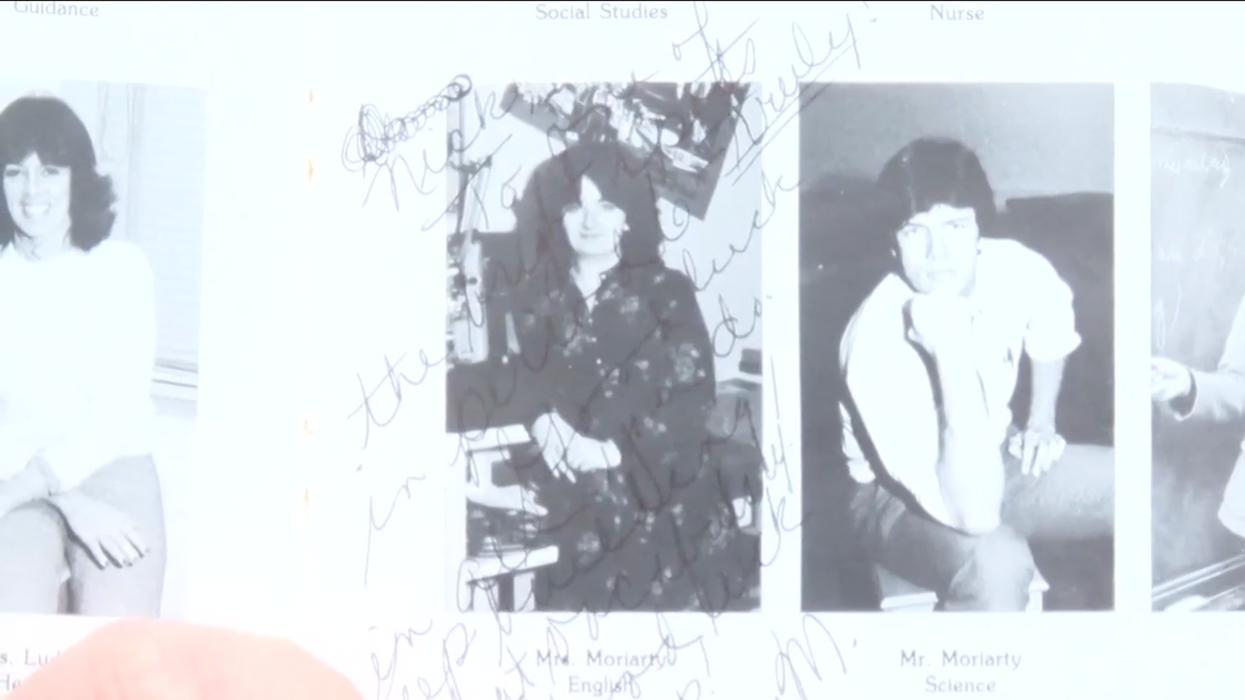 Black and white photos from school yearbookWHAM via CNN / Video
Black and white photos from school yearbookWHAM via CNN / Video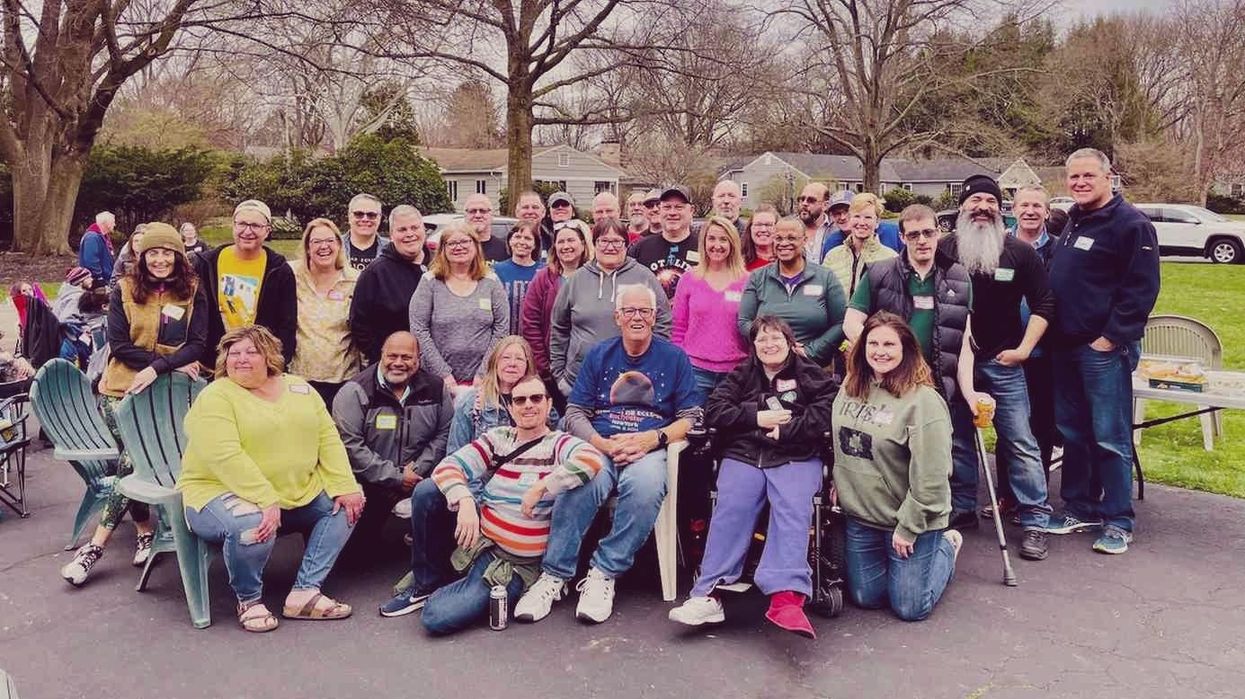 Patrick Moriarty (center, blue shirt) and a group of his former students watched the solar eclipse together on Monday in New York.Caitlin Moriarty Hynick
Patrick Moriarty (center, blue shirt) and a group of his former students watched the solar eclipse together on Monday in New York.Caitlin Moriarty Hynick